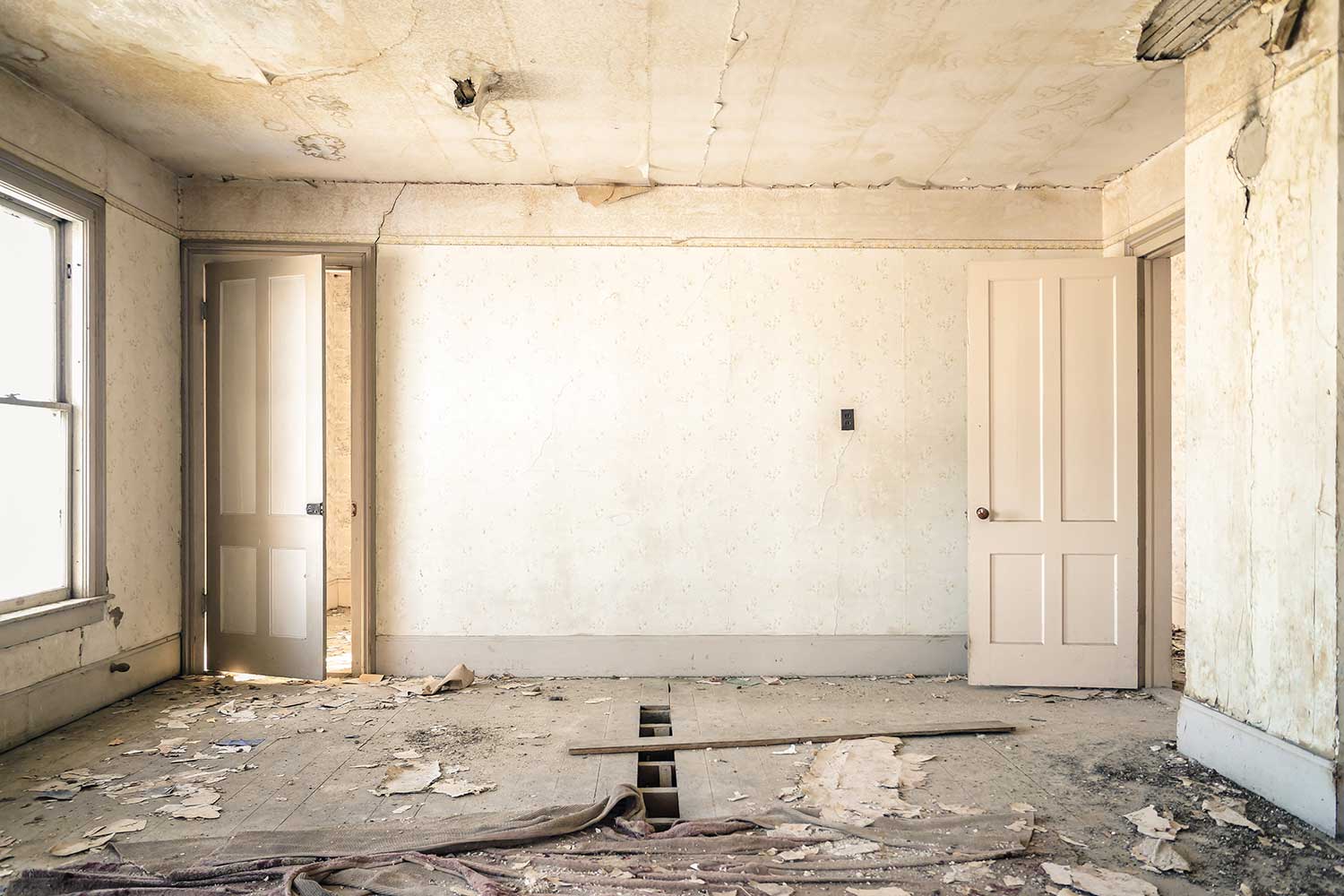


Contractors are typically experienced at the type of work they conduct, and experienced in managing projects effectively. But even the best and more reliable contractors can deliver a project or asset with some form of defective work.
Defects are often picked up and rectified during the lifecycle of a project, but there are some instances where defects go unnoticed until a final walk through is conducted or until after the project is complete.
Defects are obviously frustrating for all parties - including the contractor. Contractor's don't want to double-handle work or 'waste' their resources on going back over work - and clients and owners definitely don't want to have to deal with asset defects.
What's important when managing letters to contractors for defective work is to effectively communicate the defect and issue in a diplomatic manner which leaves little room for interpretation.
The sooner all parties can agree on what the defective work is, who's responsible and how it will be rectified, the sooner issues are solved and everyone can continue working happy.
The two methods of communicating defective work to contractors below illustrate the tone and clarity which should be included in your letter to contractor for defective work.
While the title of this article is a 'letter to contractor for defective work', and while many companies to still lean on and rely on letters for formal communications like this, we have seen better results when companies issue 'letters' in the form of structured documents, which allow for more detail, proof and transparency around the defective work being covered.
The letter to contractor for defective work below is a 'letter' which resembles your other site and project documents, similar to a normal defect report or similar.
There are a few distinct and useful sections contained within this defective work template, starting with some instructions around how the document should and shouldn't be filled in.
After this, there is a table section for the defective work which the contractor has 'agreed' is defective, and 'agreed' to rectify after practical completion.
The agreed defects table features 3 defective work issues in this case, which have detailed descriptions, dates for rectification, and photo proof.
You can instantly see the value in a table like this, which enables clients or parties to quickly add new defective work issues and to reference them with photos and videos. This type of record keeping drastically reduces disputes and other communication issues which naturally arise when you send your contractors actual letters.
The next section of this template focuses on defective work which the contractor has NOT agreed to. You'll notice that this table has a column for the contractor to describe why the defective work is not their responsibility (or clarify some other issue).
This happens on many projects, and a framework like this which can be used and shared online enables contractors and other parties to easily and clearly clarify issues over official documents.
And finally, every document which features work and contract related issues should be signed off. This letter to the contractor for defective work will be signed off by both the owner, and the contractor.